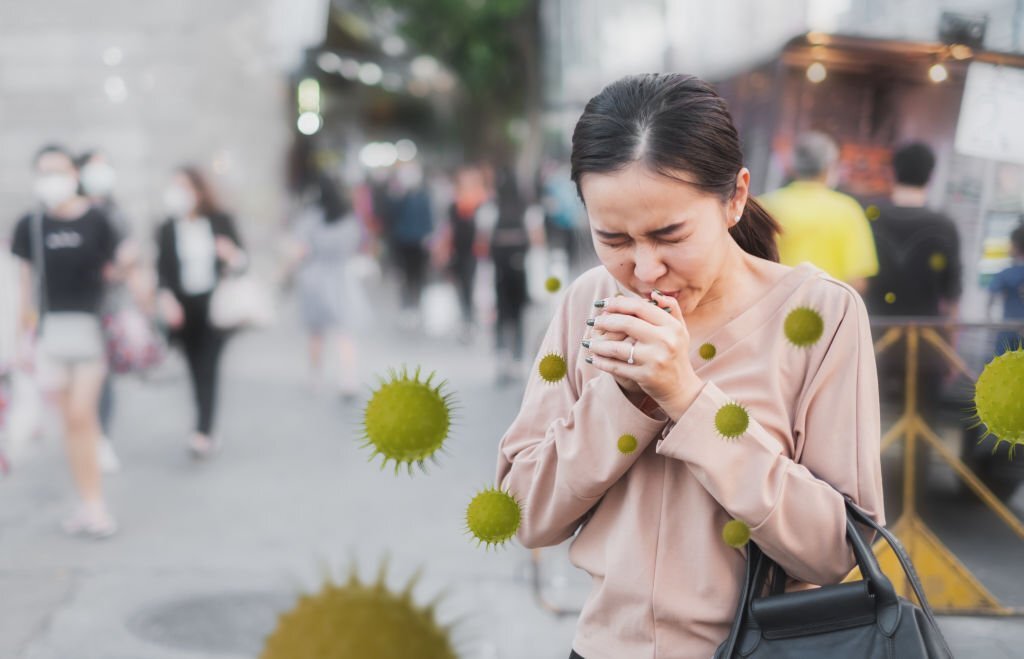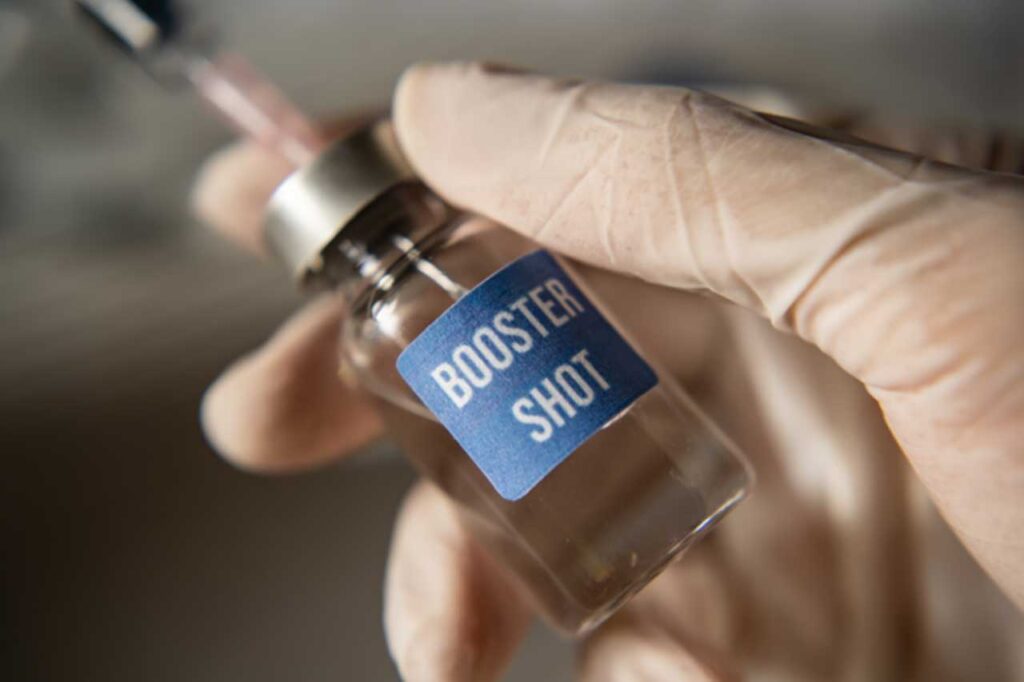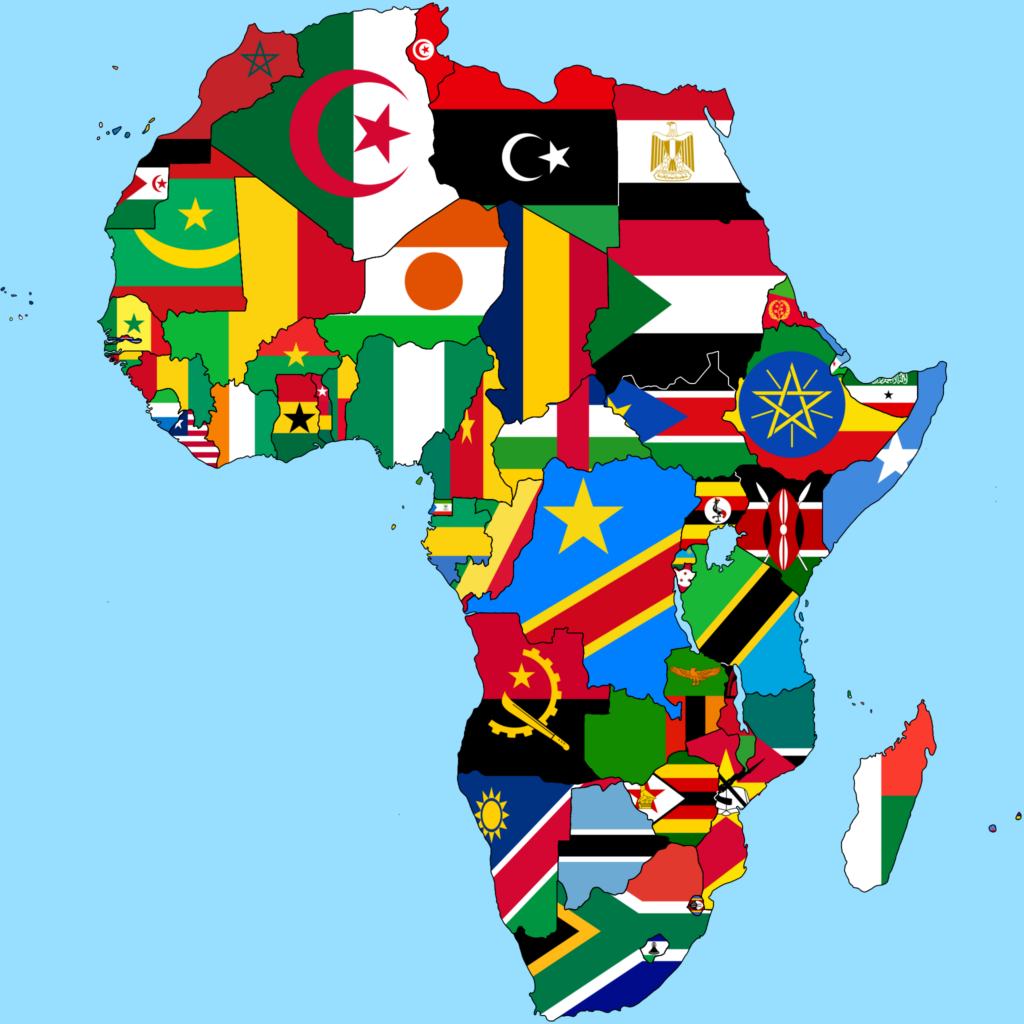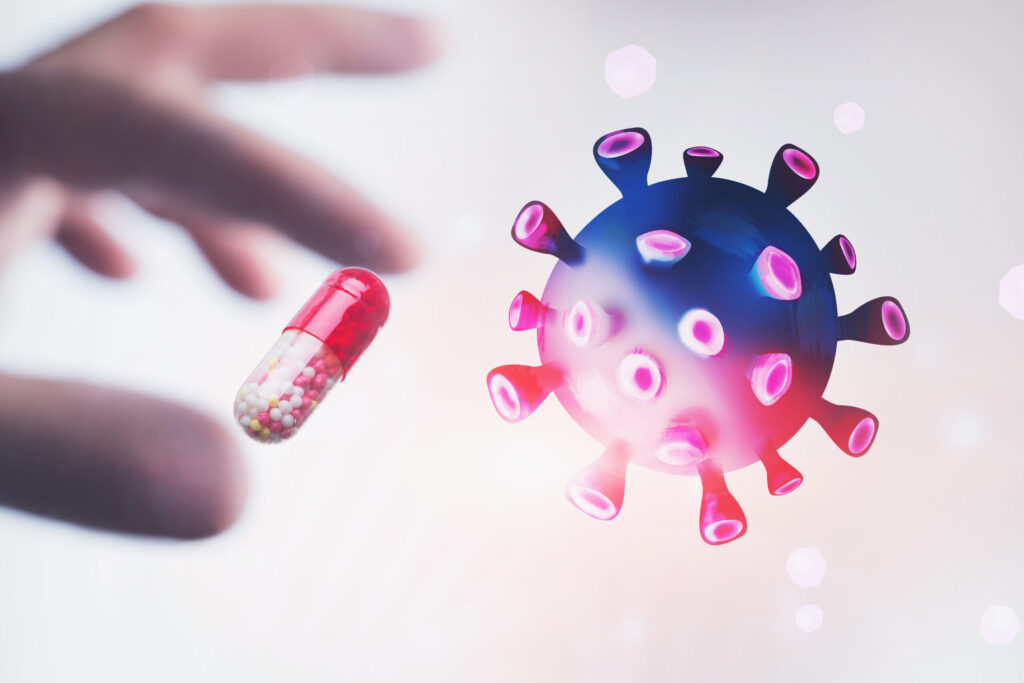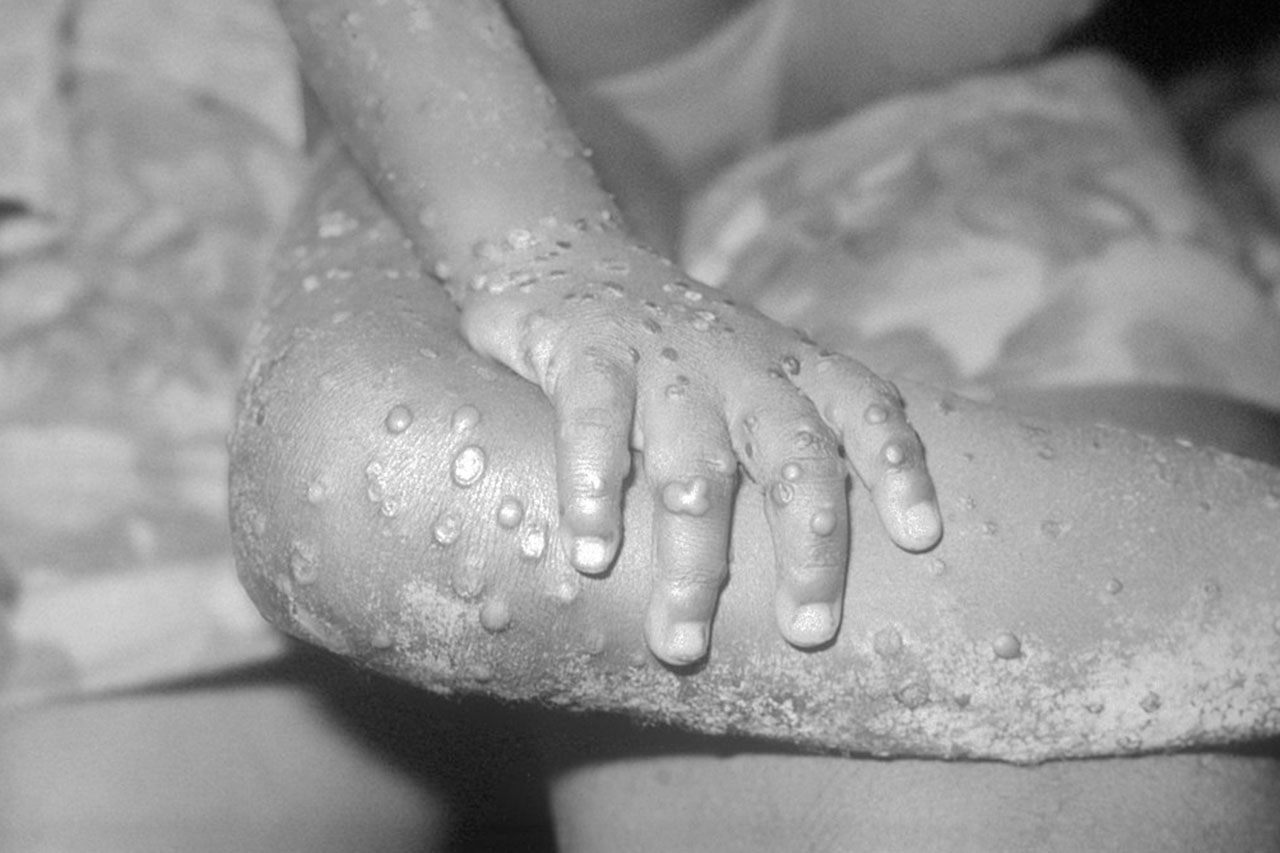Latest News
Traces of poliovirus found in Gaza; The latest health stories from around the world
July 30, 2024
No Comments
Counterfeit Ozempic found in multiple countries; The latest health stories from around the world
July 16, 2024
No Comments
US FDA announces autumn COVID-19 strategy; The latest health stories from around the world
June 25, 2024
No Comments
Polio’s last strongholds continue to cause issue; The latest health stories from around the world
June 18, 2024
No Comments
Africa aspires toward more medical independence; The latest health stories from around the world
June 4, 2024
No Comments
USDA delves into flu vaccines for cattle; The latest health stories from around the world
May 28, 2024
No Comments
Follow Us
Facebook
Twitter
LinkedIn
Newsletter
Subscribe our newsletter to stay updated







